Last week we celebrated The Bristol Food Connections Festival and I was in a whirlwind of cooking (plenty of pulses), teaching, writing, cooking and a bit of gallivanting too. Of course the very mention of the “wind” word will have probably unleashed a bit of school boy humour amongst some of you and I’ll address that at the bottom (oh dear!) of the post.

My demo’ at the festival focused on chickpeas (perhaps my favourite pulse of all, and certainly the variety I use the most) and I had decided, rather bonkersly, to cook 10 recipes in an hour. I often feel that people don’t realise how versatile and easy chickpeas are to use and so, with the help of nine year old Imi, we flew through loads of simple ideas. We did also have some help from the wonderful Clare Hargreaves and Steve Ashcroft – thanks so much to both of you.
Some of the recipes are on my blog already, just click on the links for recipes. We kicked off with farinata , the gram (chickpea) flour flatbread which is super cheap and incredibly moreish (even Gwyneth has included a recipe in her latest cook book, she uses the French name Socca,…. love the idea of putting sardines and tomatoes on the top). Our simple soup has been a go-to-recipe of mine for years, a real store-cupboard standby, with chilli and lemon juice. The zingy Southern Indian chickpea stir fry is a winner if you’re up for some Indian flavours . I only cooked one dish with meat and that was a simple one pot supper dish using a little chorizo , it’s a recipe that really does demonstrate my belief that a small quantity of well-sourced meat can feed a crowd when you cook with pulses. So those are your bonus recipes, and I’ll do my best to post all of the dishes I cooked over time, but today I wanted to talk about salads.
I’d quite happily eat salad every day of my life as long as it was more than a pile of leaves. Nowadays many of the hipster cooks and chefs seem to refer to a large plate of cold goodies as a buddha bowl or wellness plate, I just call it salad. It’s a great option instead of the daily sandwich that so many of us snatch at lunchtime, as long as it tastes fab’, fills you up and keeps you going for the afternoon. As you may know pulses are packed with fibre, are digested slowly and will keep you feeling satisfied and energised for hours. Another upside of chickpeas, beans and lentils in a lunch box is that they actually benefit from a few hours sitting in the dressing, herbs and spices that you may have decided to add. I could bang on about the low fat, no cholesterol, the protein ( when accompanied by grains, nuts or dairy), manganese and folate that chickpeas bring onboard but sometimes singing the health benefits of an ingredient makes people imagine that it will be a trial to eat. THIS SALAD IS DELICIOUS; one of my all time favourites from my book Pulse. I’ve taken a cheeky shot – of the salad pic’ by the fabulous Clare Winfield in my book (I’m up against it, I have a book launch on Wednesday and everything to get ready, so I do hope you’ll forgive).

Chickpea, Beetroot and Feta Salad.
Serves 4
1/2 red onion, sliced
2 tbsp red wine vinegar
4 tbsp extra virgin olive oil
3 cloves of garlic, peeled and halved
500 g/ 1 lb home cooked or 2 x 400g/14 oz tinned chickpeas, (well rinsed and drained)
200 g/ 7 oz feta cheese, cut into large 2 1/2 cm/1 inch dice
1 tbsp sesame seeds
1 tsp fennel seeds
100 g/4 oz baby spinach or other salad leaves
1/2 cucumber, diced
a large bunch continental parsley, chopped
About 20 mint leaves
2 small cooked beetroot (vacuum packed or home-cooked) , roughly diced
Seeds from 1 pomegranate
salt, pepper, wine vinegar and extra virgin olive oil to taste.
Soak the sliced onion in the vinegar, it will turn a glorious fuschia pink and become softer and more digestible.
Gently warm the olive oil and the garlic in a saucepan for about 5 minutes. The idea is not to fry the garlic but to infuse the oil and soften the the garlic’s flavour. Remove the pan from the heat and take out the garlic, it will be soft by now, chop it finely and return it to the pan with the chickpeas. Stir them around in the warm oil, season with a little salt and pepper and then set aside to cool.
Toast the sesame and fennel seeds in a frying pan until the sesame seeds dance around and turn gold. Tip the seeds onto a plate and carefully toss the feta around, covering each dice in a speckled crust.
Place the onion, chickpeas with their garlic oil, salad leaves, cucumber, parsley and most of the mint in a bowl and mix carefully. Now add the feta and beetroot and toss carefully just a couple of times otherwise the entire salad will turn a milky pink. Taste and adjust the seasoning if necessary.
Sprinkle with pomegranate seeds and a few mint leaves and serve with toasted pitta or some fabulous sourdough and a dash of olive oil.
How about?
Adding a few pitted Kalamata olives
Some roasted pistachios along with the pomegranate
Grilled or char-grilled sliced aubergine
Chopped coriander instead of the mint
TIP: Warming the chickpeas in the garlicky oil makes them sing, if you’re not keen on garlic then try infusing with lemon zest or spices. This technique will make a difference to any beans or lentils, especially if they’ve come out of a tin
The Wind Factor
I’m always extolling the virtues of legumes and yet I’ve still to address the wind problem on my blog, it’s probably because it doesn’t really affect me (there are also plenty of things that help reduce the flatulence in any case ).
SO, why the wind? (Here’s a quote from my book – Pulse) “Legumes contain certain indigestible carbohydrates, the most troublesome being the oligosaccharides, that can’t be dealt with by the digestive enzymes in the stomach. So these carbohydrates pass through the upper intestine largely unchanged and are finally fermented and broken down by harmless bacteria in the lower intestine. This rise in bacterial activity results in gas. There’s also the high fibre factor; if your normal diet is low in fibre then a sudden rise will cause gas too.”
And what to do about it? Firstly, your body will gradually adapt to eating more pulses and fibre and then any wind will become less of an issue.
Secondly, the great pulse eaters of the world offer up plenty of calming options.
-You can add a small piece of Kombu seaweed to the beans as they cook as the Japanese do (available dried next to the Miso etc in health food shops)
-The Mexicans add a few leaves of epazote to the pot (available dried on line at Sous Chef along with almost any other ingredient that you need to track down)
-Indians use asafoetida, cumin, turmeric or fennel in their dals and curries
-Italians swear by fennel and sage.
AND THE NEWS …….. COOL KIDS COOK is out this week
and of course there are a few pulse recipes thrown in, including 4 variations on a quick bean salad, ideal for the lunchbox. You can read more about it on my blog here
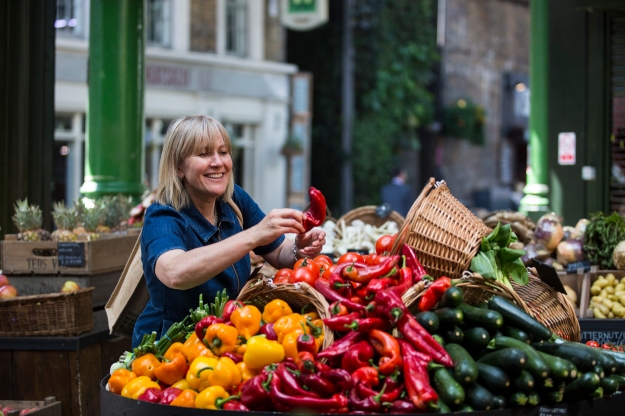






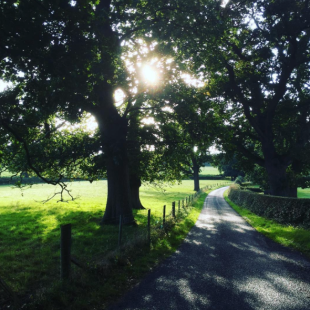

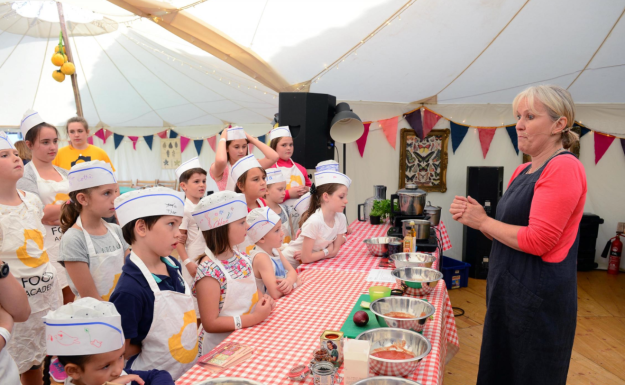








 Southern Indian Vegetables with Dal – Sambar
Southern Indian Vegetables with Dal – Sambar












 (makes about 16 individual or 2-3 larger pancakes)
(makes about 16 individual or 2-3 larger pancakes)








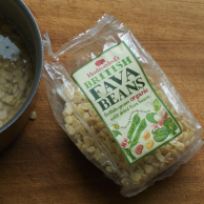













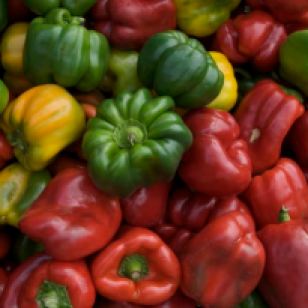








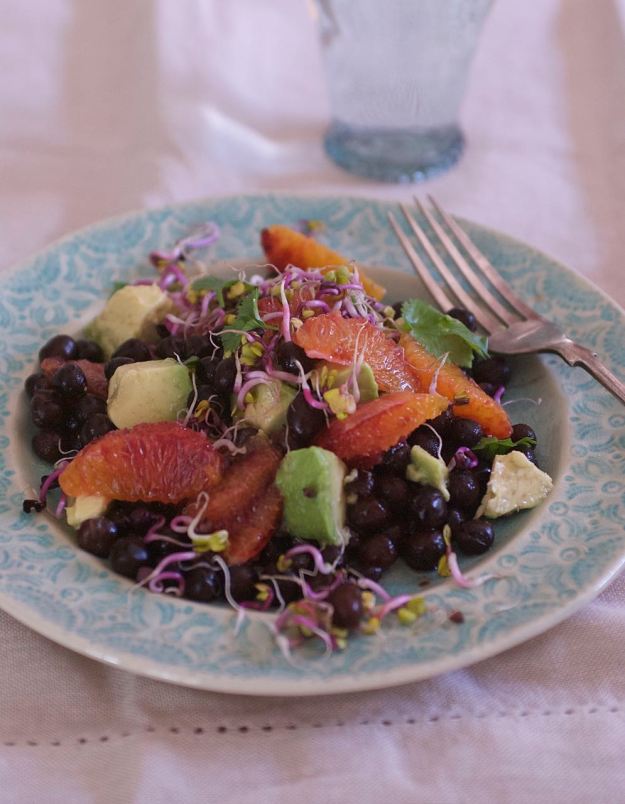 Black Badger and Blood Orange Salad
Black Badger and Blood Orange Salad Children are so great at living in the now. I adore this picture of Imi in Bath last weekend. She skips, she sings and can’t resist a bollard- she’ll leap frog it or do a high kick and, whilst I don’t quite have her flexibility (or the flamingo legs to go with it), I can only hope to soak up some of her innocent joie de vivre.
Children are so great at living in the now. I adore this picture of Imi in Bath last weekend. She skips, she sings and can’t resist a bollard- she’ll leap frog it or do a high kick and, whilst I don’t quite have her flexibility (or the flamingo legs to go with it), I can only hope to soak up some of her innocent joie de vivre.

